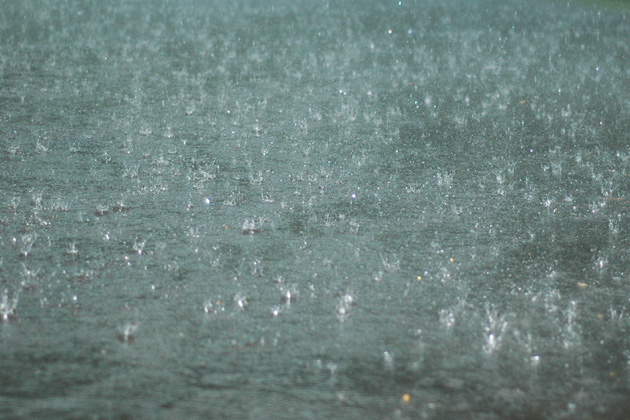
By Greg Bishop/Illinois Radio Network
SPRINGFIELD – Illinois experienced a warm and wet April, with the warmest start to the year on record and the second-highest rainfall for the month.
April topped out at 3.8 degrees above normal and gave Illinois its warmest January through April ever, with an average temperature of 44.5 degrees. The state also saw its second-wettest April on record, with an average of 7 inches — almost double the normal amount.
Jim Angel, a climatologist with the Illinois State Water Survey, explained what caused April’s increased rainfall.
“April was a very wet month, especially in the southern part of Illinois,” Angel said. “You had this large, slow-moving system move through right at the end of the month that dropped quite a bit of rain on us.”
Some areas reported significantly higher rainfall amounts, including Carbondale, which totaled 14.4 inches in April.
The trend of both warmer temperatures and increased rainfall is showing the greatest impact through a mild winter and earlier start to spring, according to Angel.
“We’re starting to see a shift towards the earlier blossoming and leafing out of trees and bushes, and the dates of the last frost have crept up earlier,” Angel said. “So, we’re seeing some changes in the springtime conditions in Illinois.”
Angel noted the connection between increased rainfall and temperature.
“If you look at those numbers going together like that — the warmer temperatures and the heavier rain events — there does seem to be a relationship between those two,” Angel said. “And it’s probably no real surprise in that the warmer air tends to have more moisture in it, so that’s more fuel for any passing storm to tap into.”
Angel emphasized that this year’s rainfall has highlighted some of the issues that come with flooding, including damage to agriculture as well as urban flooding that impacts residential homes and neighborhoods.
The warming trend doesn’t seem to be going away, and residents should settle in for more warm weather, according to Angel. He said the National Weather Service is predicting the summer to have an increased chance of being warm.
“That doesn’t always mean it’s going to be 100 degrees every day this summer, but it does mean they expect temperatures to run on the warm side,” Angel said.






